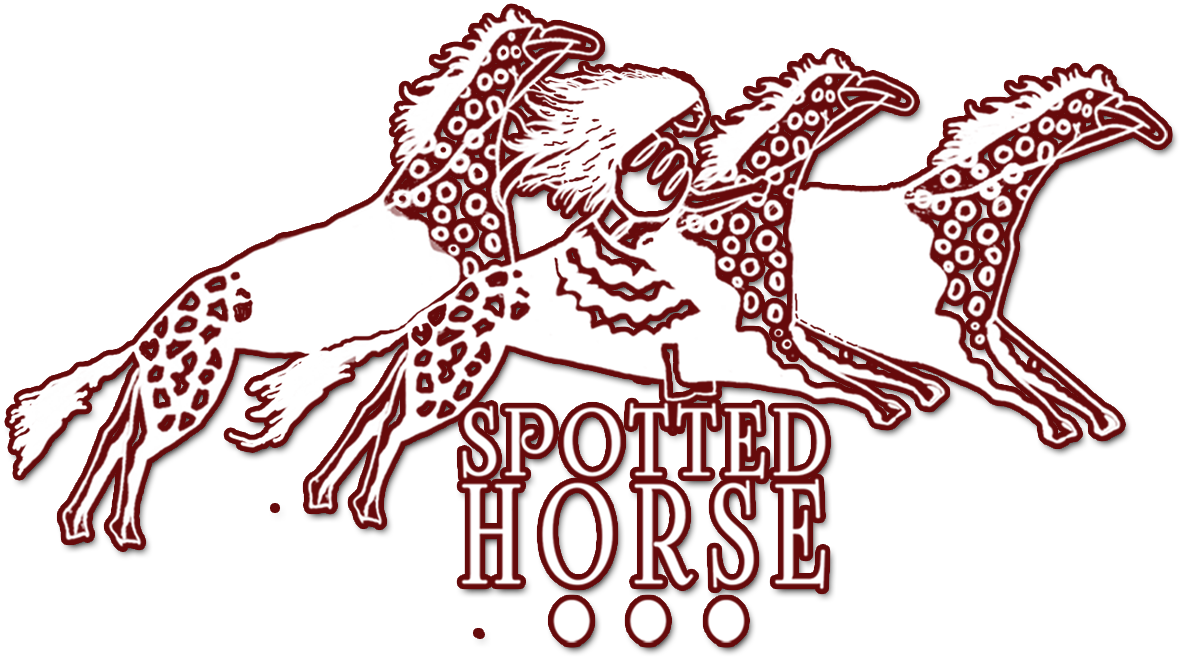In praise of potato by Winona LaDuke
I’m particularly fond of purple potatoes. I grow them. Mewizha, way back in the day, my ancestors also grew a purple potato.
“The Ojibwe have cultivated this early potato, according to their traditions since aboriginal times, and it surely looks primitive enough. It is round in circumference, about two or three inches long, has purplish flesh, and never cooks to a mealy consistency. It is much prized for soups and is always firm and crisp when cooked..,” Ethnobotanist Huron Smith would report to the Milwaukee museum 100 years ago.
The story of the potato is a pretty epic one, from the 1,300 or so varieties cultivated in the Andes Mountains to the industrial potato dead zone emerging in northern Minnesota. Potatoes have changed the history of the world. They will again in a time of climate change and food scarcity.
They come from the Andean mountains. Sir Frances Drake brought the plant to Europe in the early 1500s. After looting the gold of the Incas, the potatoes were discovered, perhaps of more value. The magic of a potato is that it has few foes, in part because it lives underground. Locusts and agricultural plagues often destroyed crops in Europe, but the potato would survive.
The Smithsonian Magazine would write, “…Many historians believe that the potatoes arrival in northern Europe marked the end of the famines. France, … had 40 nationwide famines between 1500 and 1800, more than one per decade. ..France was not exceptional; England had 17 national and big regional famines between 1523 and 1623. The continent simply could not reliably feed itself.
"The potato changed all that. Every year, many farmers left fallow as much as half of their grain land, to rest the soil and fight weeds (which were plowed under in summer). Now smallholders could grow potatoes on the fallow land, controlling weeds by hoeing. Because potatoes were so productive, the effective result, in terms of calories, was to double Europe’s food supply.”
The potato, grown as a monocrop, also spelled disaster. Ireland was vulnerable to blight due to its dependence on just one type, the Irish Lumper. They lacked diversity. We should learn from that. Biodiversity is the stuff of life. Today, potatoes are the fifth largest agricultural crop in the world.
The potatoes we know in northern Minnesota are those largely of RD Offutt, with about 55,000 acres under cultivation and a good deal of controversy. The potato giant was pushed back by citizens in 2018 in their proposal to move into a Pine Lands expansion.
Mike Tauber, a rural resident of Backus, Minn., asked in a petition to the Department of Natural Resources, “Do you want to be able to drink water without treating it, go outside without thinking about chemical exposure? Do you want to hunt, fish, and gather, swim in lake, pond or stream?” Over 100 people signed that petition.
“The burdens of doing business in Minnesota outweigh its benefits, particularly when the Company sees others obtain numerous appropriation permits to farm new land in the Pineland Sands Area, without being required to undergo environmental review,” the company wrote.
Today, the small village of Pine Point is surrounded by potato fields, and the small speck of tribal land I farm organically is amidst the big irrigators of Offutt and other farmers. Crop dusters fly over the tribal field, leaving a film of residue on all life.
The Pine Point Elementary School is across the road from an RDO Field. With Offutt’s opposition near Hackensack, the company has returned to the Ponsford Prairie. What remaining trees on the prairie are being clear cut for industrial agriculture expansions, and more aerial spraying is apparent. That gets on the village and on the kids. That’s in addition to the 250 or so deep water wells serving the company, pumping 10.7 billion gallons of water a year from aquifers. When the water returns, it’s full of those chemicals. That’s a problem. That’s one kind of potato grower.
Then there’s the Indigenous potato growers. In a world with climate changing faster than most crops can adapt, the world is looking again to potatoes. The Potato Park in Cusco, Peru, is the epicenter of potato diversity today. The Peruvian museums host over 5,000 varieties of potatoes, and the park itself has about 1,300 varieties growing in the Sacred Valley of the Incas. Potatoes which saved Europe from famine 300 years ago are now being looked to for food security in the future. Alejandro Argumedo, is the founder of Asociación Andes, an NGO which supports the park.
“By sowing potatoes at different altitudes and in different combinations, these potatoes create new genetic expressions which will be very important to respond to the challenges of climate change,” he wrote. The Irish potato famine might have taught us that and today again Indigenous people and our potatoes may provide hope for future food security.
For me, I am doing my best with the purple potatoes. Higher in anti oxidants than the Russets, they, like all potatoes, are high in potassium, but more than that they are purple. And, I like the idea of growing something from back in the old days.
HISTORY
POTATL IS THE ORIGINAL WORD FROM WHICH OUR PRESENT-DAY POTATO COMES. THE WORD POTATL
was borrowed, as were the original words for tomato, avocado, and chocolate, from the Nahuatl language, a Native language still spoken in northern Mexico. Potatoes have been cultivated for at least 4,000 years, beginning with the Inca, Ayamara, Quechua, and other Indigenous peoples of the Andean region of South America. By the time the Spaniards rode into that region, more than 3,000 varieties of potatoes had been carefully nurtured to grow in diverse weather conditions, soil types, and growing seasons with a range of ripening schedules.

